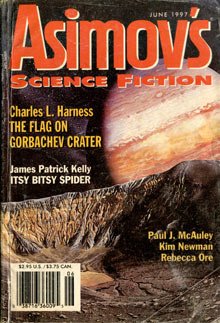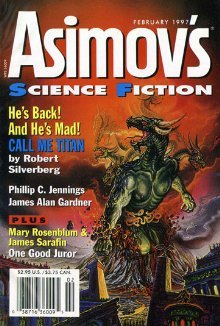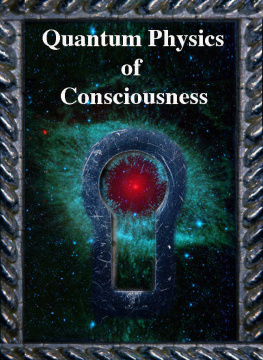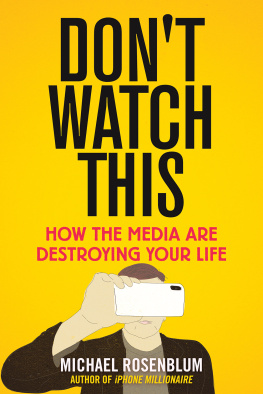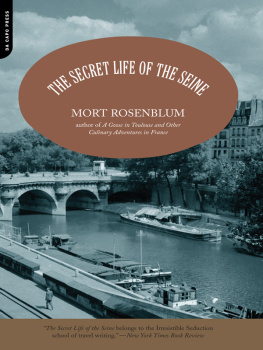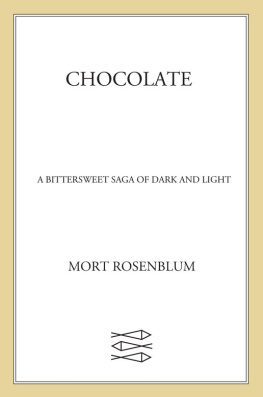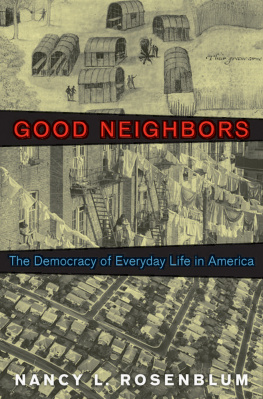R.R.
R.K.
Introduction
The Hands behind the Seams
D ont worry, well fix it in the cutting room, is a prayer thats been uttered in every language, on every location, in every country where films have been made. Shooting a film is the most expensive entertainment production ever devised. When mistakes are made, or scenes fall short of the directors vision, the immense cost of doggedly pursuing the cinematic fantasy on the set (as wages of cameramen, performers, set directors, makeup artists, and scores of assistants and associates accumulate at union-scale tempo) dampens even the most ambitious directors desire for perfection. And so the cutting room becomes the last-stand corral for everyones hopes that the unrealized dreams, the dead moments, the inevitable blah sequences from weeks of shooting will finally be brought to life.
But cutting is only marginally a matter of fixing. When it came into being in 1902, film editing transformed motion pictures from a recording medium into an art form. In its simplest aspect, cutting is about juxtapositions. A man awakens suddenly in the middle of the night, bolts up in bed, stares ahead intensely, and twitches his nose. If you cut now to an image of clouds drifting before the full moon, the audience is primed for a wolf-man adventure. If you cut to a room where two people are desperately fighting a billowing blaze, the viewers realize that through clairvoyance, a warning dream, or the smell of smoke, the man in bed has become aware of danger. If you cut to a distraught wife defending her decision to commit her husband to a mental institution, they will understand that the man in bed is her husband and that the dramatic tension will surround the couple. If youre editing an Alfred Hitchcock movie, the juxtaposition of the man and his wife will immediately raise questions in the viewers minds about foul play on the part of the woman. If you then cut back to a hospital aide ordering the man out of bed for breakfast, the audience will already be searching for hints about the mans mental state and expecting a significant clue to arise from this interaction.
The cutting room is the domain of the film editor, a man or woman barely known outside the film industry. He is often an introverted and cautious individual who may think of himself as a talented technocrat, a guardian of the tough, mechanical facts of cinematic technique; or as a behind-the-scenes power, like a presidents brain truster, unsung but indispensable; or as a creative genius in his own right, a star whose light is blocked by the medieval movie protocol that gives directors and actors almost exclusive credit for a films success. Whatever his self-image, a key part of his job in the months he will spend absorbed in the seemingly endless footage will be to make his own contribution as imperceptible as possible. No viewer should walk out of that film saying, I really dug the editing. The final product should have a natural seamless effect, as if it were originally shot just the way it looks on the screen. And if an advertisement ever announces that the film has won an Academy Award for editing, the name of the editor will probably not be mentioned. He inhabits an anonymous world, and various aspects of the trade conspire to keep him anonymous.
Of course, within the movie business a certain amount of lore has built up about the implacable technicians, the strung-out geniuses, the doctors, the firemen, the men with magic hands, and the marvelous feats of filmic endurance and transformation that have gone on in those bleak, windowless cells where most pictures have been cut. Hollywood buffs may have learned that editor Elmo Williams was a major factor in the success of High Noon, that he was responsible for the pictures strict correspondence between screen time and real time, and that his device of cutting repeatedly to the old courthouse clock created much of the fantastic tension in that famous film. They may have heard of Merrill White, who was called in one day in 1953 by executives at RKO and asked if he could salvage a disaster called The Brave One. #x201C;I'II need a year, White is supposed to have said after viewing the original version. Already known as an irascible technician who would curse and threaten a film that gave him trouble, White probably set a record for editorial rage when, several months into The Brave One, he came roaring out of his second-floor stall, emerged on the balcony with his Moviola in tow, and in a superhuman frenzy dumped the unbudgeable three-hundred-pound machine to its destruction. (His re-edited version won the author, Dalton Trumbo, an Oscar in 1954.) A very different sort of editor, the ever dapper Paul Falkenberg, is still remembered with delight by film workers in New York. An intimidating, no-nonsense old-timer who once landed me a job cutting the Guy Lombardo TV show, Falkenberg is best recalled for an incident that occurred when MCA invited him to rescue a horrid underseas adventure. The short, balding, penguin-shaped wizard stepped briskly into the screening room, dispensed with the niceties, and proceeded to endure the film. Then, with the lights back on and his features still set in the formal mode of a high-priced surgeon about to deliver a considered opinion, the master announced, From shit you get shit! and marched out.



